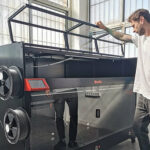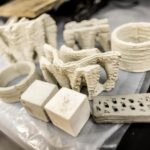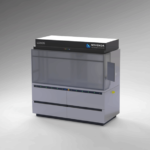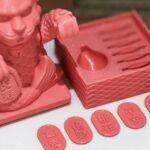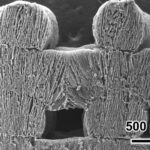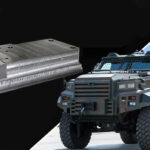MIT have just shown off their new high speed filament 3D printer that they claim is 10 times faster than existing machines. Achieving higher speeds while maintaining accuracy has always been an issue with material extrusion technology.
The original aim of the research was to overcome the 3 common problems associated with filament 3D printers: slow printhead speed, low extrusion force and slow heat transfer. To do this they added a laser and replaced the standard pinch-wheel mechanism for a screw mechanism to aid the flow of materials.
MIT researchers Jamison Go and Anastasios John Hart are leading the project. “Given our understanding of what limits those three variables, we asked how do we design a new printer ourselves that can improve all three in one system,” stated John Hart. “And now we’ve built it, and it works quite well.”
Laser-based Material Extrusion Technology
The laser and the screw mechanism are the two main additions to this machine. Aside from the speed benefit, this new screw mechanism also changes the way the filament is processed. It processes a specially developed textured filament, which increases grip and allows the printhead to feed the filament through at much higher speeds, while the laser melts down the filament before it passes through the nozzle.
As the researchers are fully willing to acknowledge, the machine is not quite perfect. It still has cooling problems between successive layers. This led to them having to actively cool the prints as they went along. They plan to address this issue in the next iteration.
The implications of the research are interesting. Perhaps many companies will be looking to speed up their FDM/FFF machines with lasers in the near future. Will it also improve adhesion / interlayer bonding? Or will it eventually change the way we produce filament as well?
An abstract for the paper is available here.



